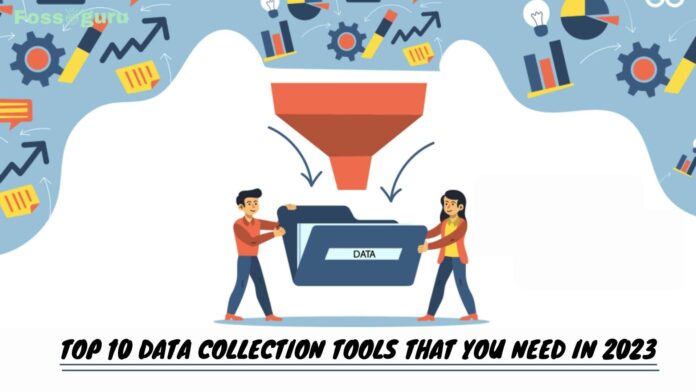In today’s data-driven world, gathering accurate and comprehensive data cannot be overstated. Data collection is crucial in understanding customer behavior, making informed business decisions, and staying ahead of the competition. With the rapid advancement of technology, many data collection tools have emerged to simplify and streamline the process.
This article will explore the 10 best data collection tools making waves in 2024. These tools offer robust features and functionalities to effectively capture, organize, and analyze data from various sources. Whether you are conducting surveys, monitoring social media, scraping websites, or collecting data from IoT devices, these tools have covered you.
From user-friendly online survey platforms to powerful web scraping tools and sensor-based data collection devices, we will delve into each tool’s essential features, benefits, and use cases. We will also highlight their compatibility with emerging technologies and ability to adapt to the evolving data landscape.
What Are Data Collection Tools?
Data tools actively collect information from various sources, simplifying, capturing, organizing, and storing data for analysis or use. They come in different forms:
- Online surveys
- Mobile apps for field data collection
- Web scraping tools
- Social media listening tools
- Sensor-based tools
- Data logging devices
These tools are essential for understanding customer behavior, making informed decisions, and staying competitive in today’s data-driven world.
Data collection techniques
Furthermore, the Data Tools utilize a variety of data collection techniques, including:
- Surveys: Collect data through structured questionnaires or forms to gather insights and opinions from individuals or groups.
- Interviews: Conducting one-on-one or group discussions to gather detailed information and insights from participants.
- Observations: Systematically observing and recording behaviors, events, or activities in real-time to collect data.
- Focus Groups: Facilitate discussions to gather qualitative data and explore participants’ perceptions, opinions, and attitudes.
- Experiments: Implementing controlled conditions to study cause-and-effect relationships and collect data under specific variables.
- Social Media Monitoring: Collecting data from social media platforms to analyze trends, sentiment, and public opinions.
- Web Scraping: Automatically extracting data from websites using specialized tools to gather information from multiple online sources.
- Sensor Data Collection: Collecting data from physical devices or sensors embedded in systems or environments to monitor and measure specific parameters.
- Document Analysis: Analyzing existing documents, records, or archival data to extract relevant information and insights.
- User Analytics: Tracking and analyzing user interactions and behaviors on digital platforms, such as websites or mobile apps, to collect data on user preferences and usage patterns.
Types of Data Collection
The two main types of data collection are:
1. Primary Data Collection
Primary data collection involves the direct gathering of data firsthand from sources. This type of data collection is conducted specifically for the research or study at hand and is customized to suit the specific objectives and requirements of the project. Primary data collection methods include surveys, interviews, observations, experiments, and focus groups. The advantage of primary data collection is that it provides fresh and original data tailored to the specific research needs.
2. Secondary Data Collection
Secondary data collection involves gathering data already collected by someone else for a different purpose. This data is typically sourced from existing databases, research studies, reports, publications, or publicly available sources. Secondary data collection methods include reviewing the literature, analyzing existing datasets, and extracting information from online sources. The advantage of secondary data collection is that it is relatively cost-effective and time-efficient. However, researchers need to ensure the reliability and relevance of the secondary data to their specific research objectives.
Both primary and secondary data collection have their strengths and limitations, and the choice between them depends on the nature of the research, available resources, and specific research objectives and requirements.
Benefits of Data Collections Tools
1. Simplified Data Gathering:
Data tools make it easy and quick to gather information. We can collect data from different sources with just a few clicks or taps. These tools also help us organize the collected data neatly and keep it safe. We can store the information in one place, making it easily accessible when needed.
2. Uncovering Insights and Trends:
Data tools allow us to learn new things and discover essential facts. By gathering data, we can uncover insights and trends that may have yet to be apparent. This knowledge helps us make better decisions by having all the facts and evidence at hand.
3. Time and Effort Savings:
Data tools also save time and effort. They automate the process of gathering data, eliminating the need for manual entry and reducing the chances of errors. This efficiency allows us to focus on analyzing the data and drawing meaningful conclusions.
4. Tracking Trends and Patterns:
Furthermore, these tools enable us to study trends and patterns over time. Collecting data regularly allows us to track changes, identify patterns, and make predictions based on historical data.
5. Enhancing Customer Understanding:
Data tools are valuable for businesses as they help understand customer preferences and needs. By collecting and analyzing customer data, businesses can tailor their products and services to meet customer expectations, improving customer satisfaction.
6. Empowering Scientific Research:
Data collection tools are not limited to businesses alone. Scientists and researchers also benefit from these tools as they can collect data for their studies and make discoveries. By analyzing the data, researchers can gain insights into various phenomena and contribute to advancements in their fields.
In summary, data tools simplify the process of gathering and organizing data, facilitate learning and decision-making, save time and effort, uncover patterns and trends, enhance customer understanding, and enable scientific research. These tools empower us to make informed choices and improve our understanding of the world.
What to Consider Before Choosing a Data Collection Tool?
Before choosing a data tool, there are a few things to consider:
- What type of data do you want to collect – Consider the specific information you need to gather, such as opinions, numbers, or observations.
- How easy it is to use – Make sure the tool is simple and user-friendly so that you can easily understand and navigate it.
- Compatibility with your devices – Check if the tool works on your computer, smartphone, or tablet, depending on what you’ll be using to collect data.
- Security and privacy – Ensure the tool keeps your data safe and protected from unauthorized access.
- Cost – Consider if the tool fits your budget or if any additional fees are involved.
- Support and resources – Check if the tool provides helpful guides, tutorials, or customer support if you need assistance.
By considering these factors, you can choose a data collection tool that suits your needs and helps you gather the information you want quickly and securely.
Best 10 Data Collection Tools
By leveraging these top-notch data tools, businesses and researchers can enhance their data collection capabilities, gain valuable insights, and optimize their decision-making processes. Join us as we explore the best 10 information collection tools in 2024, and discover how they can revolutionize your data collection efforts.
1. Google Forms
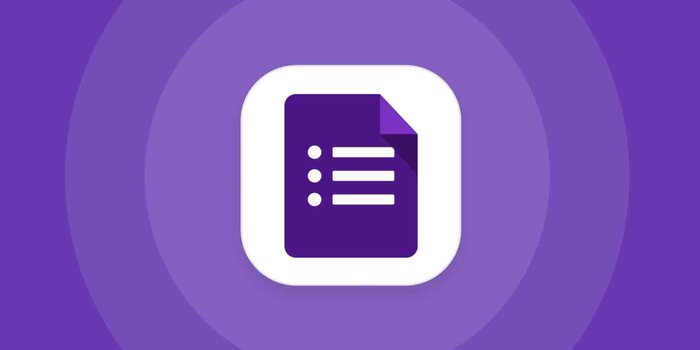 Google Forms is a free online survey tool allowing users to create customizable surveys and collect real-time responses. It offers a user-friendly interface, various question types, and seamless integration with other Google services. Users can easily share surveys and analyze data using Google Sheets.
Google Forms is a free online survey tool allowing users to create customizable surveys and collect real-time responses. It offers a user-friendly interface, various question types, and seamless integration with other Google services. Users can easily share surveys and analyze data using Google Sheets.
Key Features:
- Seamless integration with other Google services like Google Sheets for easy data analysis.
- Real-time response collection and collaboration.
- Simple and intuitive user interface.
- Customizable themes and templates.
- Advanced features such as branching logic and data validation.
2. GoSpotCheck
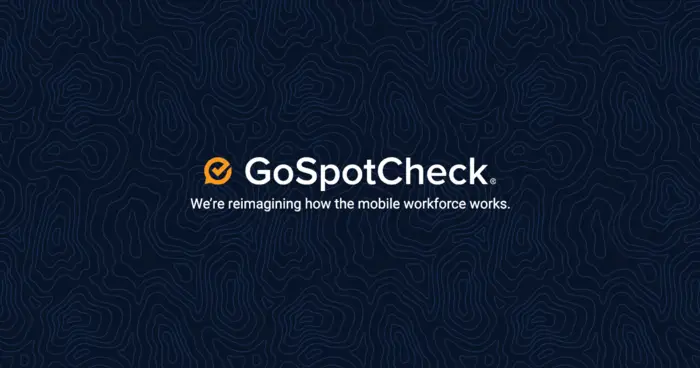 GoSpotCheck is a mobile data collection and field management software that helps businesses streamline their field operations and collect data efficiently. It enables teams to capture and analyze real-time data from the field using mobile devices, such as smartphones or tablets.
GoSpotCheck is a mobile data collection and field management software that helps businesses streamline their field operations and collect data efficiently. It enables teams to capture and analyze real-time data from the field using mobile devices, such as smartphones or tablets.
Key Features:
- Allows field teams to collect and submit data using their mobile devices, including photos, surveys, and observations.
- Enables businesses to assign and track tasks to field employees, ensuring accountability and productivity.
- Offers the flexibility to create customized forms and surveys tailored to specific data collection needs.
- Provides real-time access to collected data, enabling businesses to gain immediate insights and make data-driven decisions.
- Offers reporting and analytics features to analyze collected data and generate actionable insights.
- Integrates with other business systems and tools to streamline workflows and data synchronization.
3. SurveyMonkey Data Collection Tools
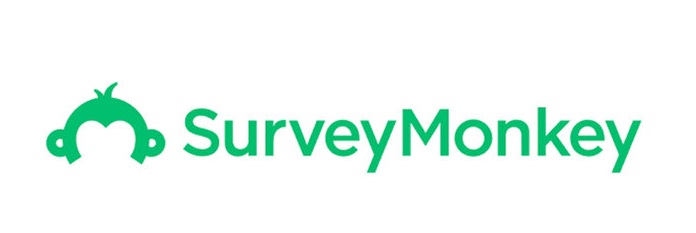 SurveyMonkey is a versatile survey platform offering various features for creating and analyzing surveys. It provides a vast library of survey templates, advanced question types, and customizable branding options. SurveyMonkey also offers data analysis tools and reporting features to gain insights from collected data.
SurveyMonkey is a versatile survey platform offering various features for creating and analyzing surveys. It provides a vast library of survey templates, advanced question types, and customizable branding options. SurveyMonkey also offers data analysis tools and reporting features to gain insights from collected data.
Key Features:
- Extensive survey customization options.
- Real-time response tracking and analysis.
- Advanced reporting tools for in-depth insights.
- Integration with popular third-party applications.
- Collaboration features for team-based survey creation.
4. Fulcrum
 Fulcrum is a versatile mobile data collection platform that allows organizations to easily create customizable forms, collect data in the field, and manage it efficiently. It empowers businesses to streamline data collection processes, improve data accuracy, and gain valuable insights.
Fulcrum is a versatile mobile data collection platform that allows organizations to easily create customizable forms, collect data in the field, and manage it efficiently. It empowers businesses to streamline data collection processes, improve data accuracy, and gain valuable insights.
Key Features:
- Fulcrum offers a user-friendly form builder that allows businesses to create custom data collection forms tailored to their needs. It supports various data types, including text, numbers, dates, photos, etc.
- With Fulcrum, users can collect data even in areas with limited or no internet connectivity. The app stores the data locally on the mobile device and synchronizes it when an internet connection is available.
- Fulcrum leverages the mobile device’s GPS capabilities to capture location information automatically. This is useful for mapping and spatial analysis of collected data.
- Multiple team members can collaborate in real time, ensuring data consistency and enabling efficient teamwork.
5. QualtricsXM
 Qualtrics is an enterprise-grade survey platform offering advanced data collection and analysis features. It provides a comprehensive suite of survey tools, including advanced skip logic, question randomization, and multichannel distribution options. Qualtrics also offers powerful analytics and reporting capabilities.
Qualtrics is an enterprise-grade survey platform offering advanced data collection and analysis features. It provides a comprehensive suite of survey tools, including advanced skip logic, question randomization, and multichannel distribution options. Qualtrics also offers powerful analytics and reporting capabilities.
Key Features:
- Advanced survey creation tools with question logic and randomization options.
- Multichannel distribution for reaching respondents through various channels.
- Robust data analytics and visualization capabilities.
- Robust security features and data privacy compliance.
- Integration with CRM and other business systems.
6. Typeform Data Collection Tools
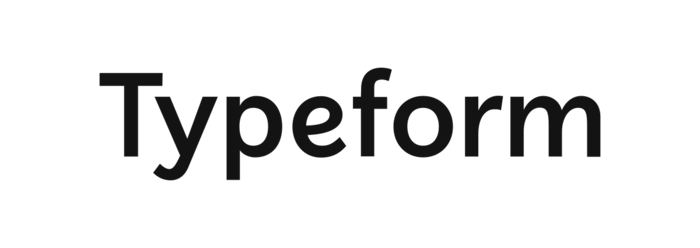 Typeform is known for its visually appealing and interactive surveys and forms. It offers a conversational interface with many question types and customizable themes. Typeform integrates with various third-party applications, allowing seamless data management and automation.
Typeform is known for its visually appealing and interactive surveys and forms. It offers a conversational interface with many question types and customizable themes. Typeform integrates with various third-party applications, allowing seamless data management and automation.
Key Features:
- Conversational form interface for interactive and engaging surveys.
- Advanced question types like quizzes, ratings, and payment collection.
- Customizable themes and templates.
- Integration with popular third-party tools and platforms.
- Real-time response tracking and analysis.
7. JotForm
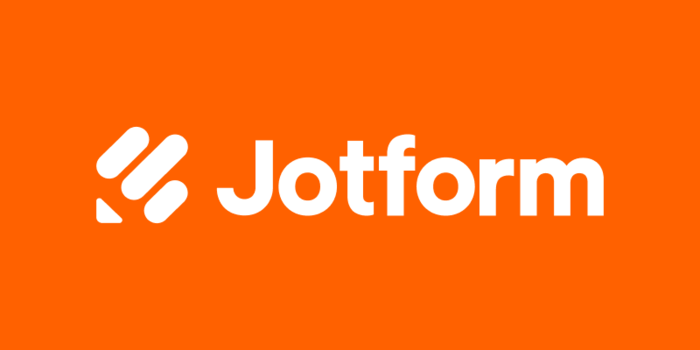 JotForm is a user-friendly online form builder allowing users to create data collection forms. It offers drag-and-drop functionality, various form fields, and customizable form design options. JotForm also provides data analysis and reporting features to gain insights from collected data.
JotForm is a user-friendly online form builder allowing users to create data collection forms. It offers drag-and-drop functionality, various form fields, and customizable form design options. JotForm also provides data analysis and reporting features to gain insights from collected data.
Key Features:
- Drag-and-drop form builder with customizable form fields.
- Form templates for quick and easy form creation.
- Integration with various third-party apps and payment gateways.
- Robust data management and reporting capabilities.
- Collaboration features for team-based form creation.
8. Formstack
 Formstack is a versatile form builder that enables users to create online forms and surveys. It offers features like conditional logic, file uploads, and integration with various platforms. Formstack also provides robust data management and workflow automation capabilities.
Formstack is a versatile form builder that enables users to create online forms and surveys. It offers features like conditional logic, file uploads, and integration with various platforms. Formstack also provides robust data management and workflow automation capabilities.
Key Features:
- Extensive form customization options with advanced form fields.
- Conditional logic for dynamic form behavior.
- Workflow automation and integrations with popular business tools.
- HIPAA compliance for secure data collection (in healthcare settings).
- Powerful reporting and analytics features.
9. REDCap
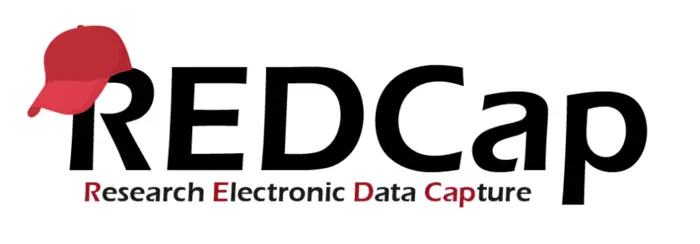 REDCap (Research Electronic Data Capture) is a secure web-based application for data collection in research studies. It provides a customizable interface, advanced data validation options, and robust user access controls. REDCap is widely used in academic and healthcare research settings.
REDCap (Research Electronic Data Capture) is a secure web-based application for data collection in research studies. It provides a customizable interface, advanced data validation options, and robust user access controls. REDCap is widely used in academic and healthcare research settings.
Key Features:
- Robust security measures to protect sensitive research data.
- Customizable forms and surveys for research data collection.
- Data validation and quality control features.
- Role-based user access controls.
- Integration with statistical analysis software.
10. SurveyGizmo
 SurveyGizmo is a comprehensive survey platform offering a wide range of data collection and analysis features. It provides advanced survey logic, response piping, and integration options with popular third-party applications. SurveyGizmo also offers reporting and data visualization capabilities.
SurveyGizmo is a comprehensive survey platform offering a wide range of data collection and analysis features. It provides advanced survey logic, response piping, and integration options with popular third-party applications. SurveyGizmo also offers reporting and data visualization capabilities.
Key Features:
- Customizable surveys with advanced question types and logic.
- Real-time reporting and data visualization tools.
- Integration with CRM systems and third-party apps.
- Collaboration features for team-based survey creation.
- Advanced survey branching and skip logic.
Final Thoughts
In conclusion, these top 10 data collection tools provide a range of features and benefits for efficient and effective data collection. Whether creating customized surveys, capturing data in the field, or analyzing collected information, these systems offer versatile solutions to streamline data collection processes and drive data-driven decision-making.





